Crepitus, which is the term used for the grating sensation that affects your joints, often indicates a more significant underlying problem. It is the crunching, cracking, or popping sound and sensation felt when your joints move. It can be caused by arthritis, tendinitis, or several other medical conditions.
Of course, crepitus isn’t always something to worry about—it can be caused by everyday movements or activities. But if your crepitus is persistent, it’s essential to get it checked out by your doctor. You’ll want to seek medical advice and treatment to determine if it’s the result of an underlying cause and to prevent the condition from worsening.
Anatomy And Physiology Of Joints
Joints are the points at which two or more bones of our skeleton meet. They provide stability and flexibility, allowing us to move through a wide range of motions. Joints also act as shock absorbers, dispersing energy from everyday activities like walking and running. The most common joints in the body are those that form the shoulder, elbow, knee, wrist, hip, and ankle.
The joint comprises several parts, including the cartilage, ligaments, joint capsule, muscle tendons, and more. The cartilage works as a cushion between your bones to prevent them from rubbing together. Ligaments connect bones and keep them stable while providing flexibility. Muscles and tendons both attach to bones and muscles, allowing them to move. Finally, the joint capsule surrounds everything and helps keep it all together.
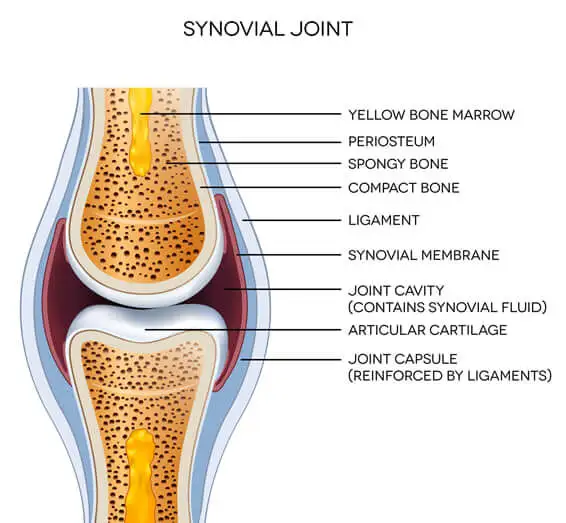
A diagram of a synovial joint
What Is Crepitus?
Crepitus is a symptom of an underlying medical condition that involves the bones, joints, or muscles. It is characterized by a grating sensation and/or sound when you move your joints. This can range from a light crackling to a loud popping noise. The sensation can be uncomfortable or even painful for some people. Crepitus can occur in any joint of the body, including the neck, shoulders, elbows, wrists, hips, knees, and ankles. It is usually caused by a lack of lubrication between bones or cartilage due to wear and tear or inflammation.
Different Types Of Crepitus
The following are the different types of crepitus:
- Joint Crepitus: Joint crepitus is the sound that occurs when the surfaces of two bones, such as the knee joint, rub together due to a lack of lubrication.
- Bone Crepitus: Bone crepitus is the sound that occurs when two fragments of a fractured bone rub together.
- Crepitus Of Bursitis: Bursitis is an inflammation of the bursa, which are small sacs of fluid that cushion and protect joints. Crepitus of bursitis is the sound that occurs if the bursa contains small, loose fibrous particles.
- Crepitus Of Tenosynovitis: Tenosynovitis is an inflammation of the tendons and tendon sheaths. Crepitus of tenosynovitis is the sound that occurs when the inflamed tendons rub against each other.
Symptoms Associated With Crepitus In Joints
If you have joint crepitus, there’s a good chance that the crepitus you’re hearing isn’t the only symptom. If there’s an underlying cause, you may also experience the following symptoms:
Joint Pain
Pain is the most common symptom that is associated with joint crepitus. The pain that is associated with crepitus can range from mild to severe. You may experience a dull ache, stiffness, and tenderness in the joint. You may also experience sharp, stabbing pains when you move the affected joint.
Swelling
Joint crepitus can also be accompanied by swelling around the affected joint. This swelling is caused by inflammation, which can occur for several reasons, including arthritis or tendonitis. The area may feel warm to the touch and appear red and swollen.
Conditions Associated With Grating Sensation In Joints
The following are some of the most common medical conditions associated with joint crepitus:
Fibromyalgia
Fibromyalgia can lead to a grating sensation, often referred to as “crepitus,” within the muscles. This sensation arises from the buildup of small calcium deposits in the muscle tissues, resulting in stiffness and discomfort. The presence of these calcium deposits is attributed to hormonal and chemical imbalances commonly observed in individuals with fibromyalgia.
Gout
Gout is a type of arthritis. It is caused when uric acid crystals accumulate in your joints. Gout affects the big toe, but it can also affect your other joints, such as the knee and ankle. The affected joint may become swollen, tender, and painful. Gout can cause crepitus when you move the joint due to the presence of crystals rubbing against each other.
Rheumatoid Arthritis
Rheumatoid arthritis is an autoimmune disorder. It causes inflammation in the joints. As a result, pain, swelling, and stiffness can occur in the affected joint. It can cause crepitus when you move the joint due to cartilage deterioration or tendons rubbing against each other.
Osteoarthritis
Osteoarthritis is a degenerative joint disease. It causes the cartilage in joints to deteriorate. This can cause pain, stiffness, and swelling in the affected area. It can also cause crepitus when you move the joint due to the weakened cartilage wearing down even more.
Lyme Disease
Lyme disease is an infection that’s caused by bacteria that is spread via the bite of an infected tick. It can lead to crepitus because the bacteria can cause inflammation in joints, which then rub against each other and create a grating sensation.
Systemic Lupus Erythematosus (SLE)
Systemic lupus erythematosus (SLE) is a chronic autoimmune disorder characterized by joint inflammation. It’s caused by the body’s immune system attacking its own tissues and organs. It can lead to joint pain, stiffness, and swelling that can cause crepitus when you move the affected joint.
Ankylosing Spondylitis
Ankylosing spondylitis is a chronic autoimmune disorder that can cause spine and joint inflammation. It can cause pain, stiffness, and swelling in the affected areas. The joint may creak when you move it due to the inflammation and deterioration of the cartilage.
Why Immediate Diagnosis Is Important
Getting a proper diagnosis when experiencing a grating sensation in the joints is vital, as it could indicate an underlying condition. Prompt diagnosis can help determine what is causing the condition and allow for proper treatment to begin. If the underlying cause remains undiagnosed, it could lead to further complications or permanent joint damage.
A diagnosis can also rule out more serious conditions, such as cancer or arthritis. Be sure to seek medical advice if you experience additional symptoms, such as pain, swelling, or discomfort in your joints, to ensure early diagnosis and treatment.
How Do You Check For Crepitus?
The first thing a doctor will likely do is ask about any symptoms you may be having, including the grating sensation in your joints and any additional symptoms. They will also take a detailed medical history to look for any underlying conditions causing the crepitus.
A physical examination will then be done to diagnose joint crepitus. Your doctor will closely examine the affected joint and ask you to move it in various directions. This can help them determine if there’s a grating sensation or sound when you move your joint.
Your doctor will also order imaging tests that include X-rays or MRI scans to examine the affected joint further. These tests can help them detect any damage or irregularities in the joint that could be causing the crepitus. Your doctor may also order a lab test to analyze a fluid sample from the affected joint and check for signs of infection, inflammation, or an autoimmune disorder.
Conventional Treatment For Crepitus
Treatment for crepitus will depend on if there’s an underlying cause and what it is. Common treatments include:
Conservative Measures
Conservative measures are often the first line of treatment for crepitus, especially if no serious underlying cause is identified. These measures include:
- Rest And Activity Modification: Depending on how severe your underlying condition is, your doctor may recommend that you rest and avoid any activities that could worsen your condition. They may also suggest switching to low-impact activities when exercising and using heat or cold therapy to treat any inflammation or pain.
- Assistive Devices: You may be prescribed assistive devices, such as canes or braces, to help relieve stress on the affected joint and provide extra support while walking or standing. If the affected joint is in the upper body, such as the arms or hands, your doctor may recommend that you use a splint or brace to help limit movement and provide extra support.
- Physical Therapy: Your doctor could recommend physical therapy to help strengthen the muscles around the affected joint and improve your range of motion. A physical therapist will provide exercises and stretches that can help reduce joint pain and improve your mobility.
Medications
In cases where your crepitus is accompanied by joint pain or inflammation, a more conventional doctor may recommend medications. Be wary that medications only mask the symptoms and may have adverse side effects. With that in mind, medications prescribed by traditional doctors include:
- Over-The-Counter Pain Relievers: Your doctor may suggest taking over-the-counter medications. These can include ibuprofen or acetaminophen and can help reduce any pain or inflammation associated with crepitus.
- Topical Creams Or Ointment: If over-the-counter pain relievers don’t work, your doctor may prescribe topical creams or ointments that can help reduce pain and inflammation, such as a corticosteroid cream.
Surgical Interventions
If your condition is severe or if there’s an underlying cause that has to be addressed, your doctor may recommend surgical intervention. Surgery should always be considered a last resort since it’s expensive and invasive, which means there are risks of complications, such as infections, allergic reactions, and even potential damage if the surgery is not successful. Some common surgical interventions include:
- Arthroscopy: This procedure involves the use of a small camera and tiny surgical tools to look inside the joint. Your doctor can then remove any damaged cartilage or bone fragments that could be causing the crepitus.
- Joint Replacement: If your joint has been severely damaged, your doctor may suggest replacing it with an artificial joint. This will help reduce pain and improve mobility in the affected area. However, joint replacement is extremely invasive and often requires lengthy recovery times.
Our Protocol For Osteoarthritis-Related Joint Crepitus
If you are experiencing a grating sensation in your joints due to osteoarthritis, it is important to seek out a non-invasive treatment option to help manage your symptoms. When the treatment is non-invasive, it means there is no surgery or other risky medical procedure involved, so your risk of complications is reduced.
We offer a non-surgical, drug-free protocol designed to help provide long-term relief from chronic conditions, such as osteoarthritis-related joint crepitus. The Neuragenex Neurofunctional Pain Management is a whole-person treatment plan that uses a Neurofunctional Pain Management approach. This means that we address the root cause of your symptoms to help you achieve long-term relief. Our treatment plan involves the following non-invasive treatment solutions:
Electroanalgesia
Electroanalgesia is a pain management technique that uses high-pulse electrical current to ease pain, boost blood circulation, improve mobility, and induce...
IV Therapy
IV nutritional therapy, or intravenous therapy, involves administering vital nutrients directly to the bloodstream through an IV. This type of treatment bypasses the digestive system, allowing for maximum absorption and utilization of nutrients by the...
Lifestyle Counseling
Lifestyle counseling is an approach to managing chronic pain that involves identifying, assessing, and modifying lifestyle factors contributing to an individual's pain. For example, lifestyle factors such as nutrition, physical activity, stress, sleep quality...
We Manage Crepitus-Induced Pain From These Conditions
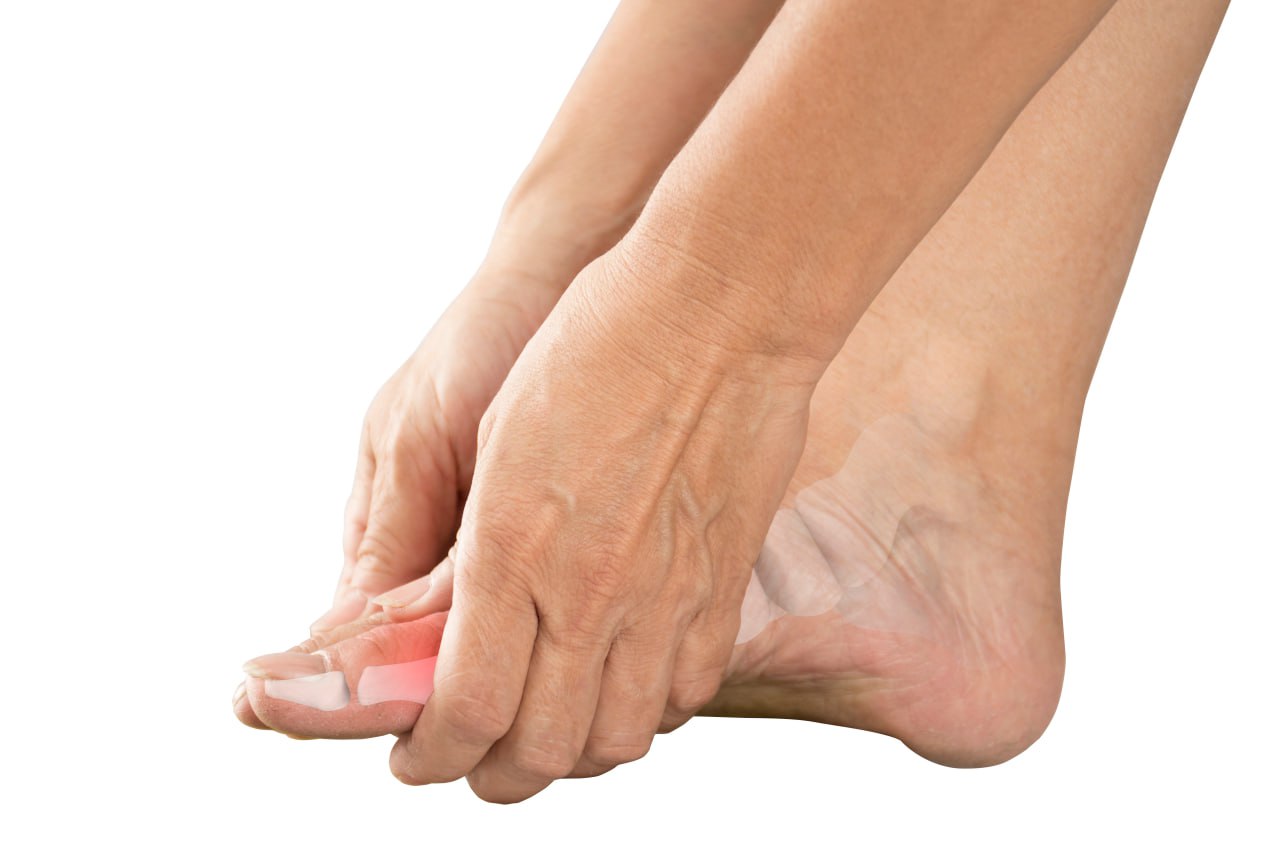
Gout Pain Treatment
Gout is a painful condition that can cause severe joint inflammation and swelling. It can lead to chronic pain and mobility issues that can have an enormous impact on your quality of life. Fortunately, the Neuragenex Neurofunctional Pain Management protocol...

Fibromyalgia Pain Treatment
Fibromyalgia is a chronic disorder that causes several symptoms, including widespread pain, fatigue, and cognitive impairment. Our non-surgical and drug-free treatments can help reduce the chronic pain associated with fibromyalgia. Additionally, our holistic...
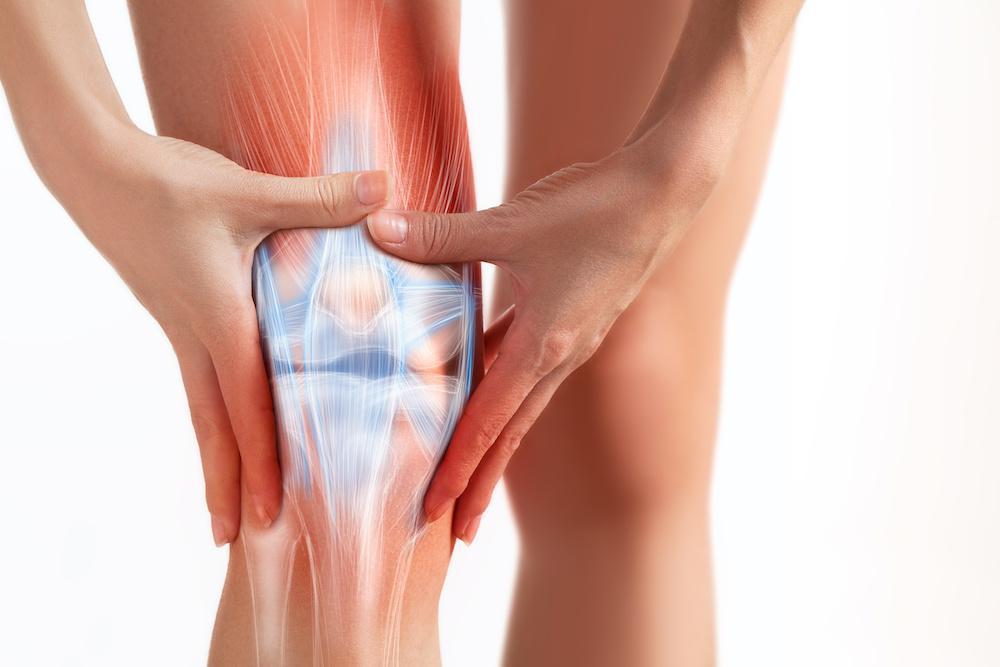
Knee Pain Treatment
Are you suffering from chronic knee pain? We offer a non-invasive, non-chiropractic solution for reducing and controlling knee pain. Our drug-free treatments are designed to improve joint function, reduce inflammation, and provide long-term pain relief...
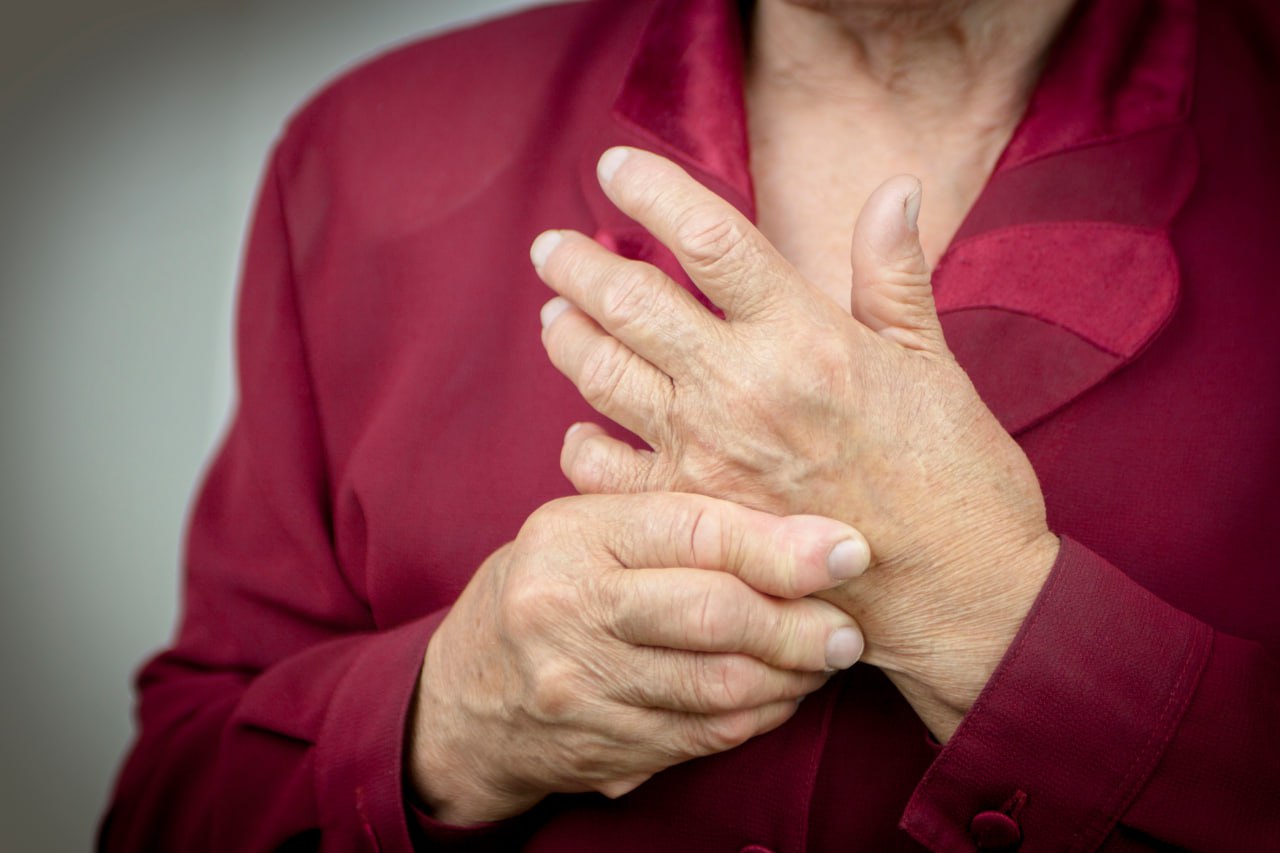
Rheumatoid Arthritis Pain Treatment
Rheumatoid arthritis can be a debilitating and painful condition that causes swelling, joint damage, and immobility. We offer a non-invasive, non-chiropractic solution to alleviate the pain associated with rheumatoid arthritis. Our treatments are designed to...
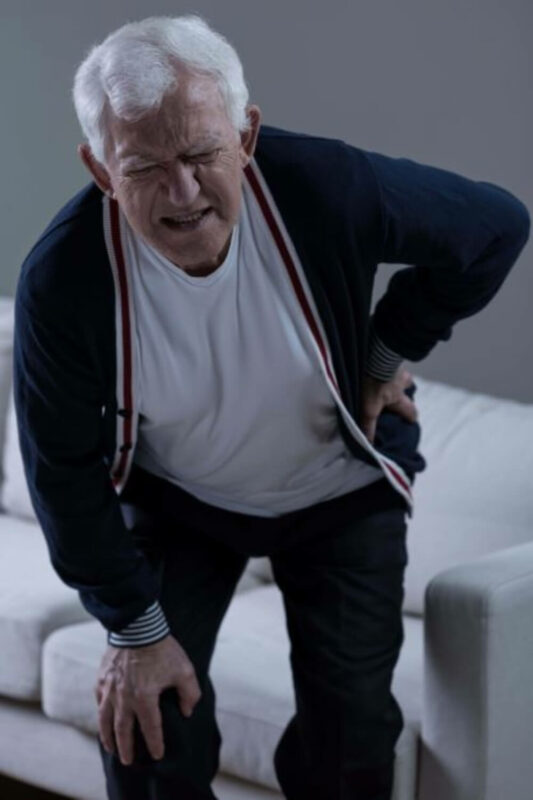
Osteoarthritis Pain Treatment
Osteoarthritis is often linked to joint pain. But the impact that this condition has on your life is of much greater magnitude. If you have osteoarthritis, the chances are that you experience a pain so intense that it prevents you from climbing stairs,...
How To Prevent Crepitus
Crepitus is a common symptom of osteoarthritis that can cause pain and discomfort. While there is no surefire way to prevent the condition, there are certain steps you can take to minimize your risk of developing it. Here are a few tips for preventing crepitus:
- Maintain A Healthy Weight: Carrying extra weight can put additional stress on your joints, thereby leading to increased pain and discomfort. Maintaining a healthy weight can help minimize the risk of developing crepitus and other joint-related conditions.
- Follow An Anti-Inflammatory Diet: Eating a diet that is rich in anti-inflammatory foods, such as whole grains, fruits, vegetables, and fish, can help reduce inflammation in the joints and improve overall joint health.
- Exercise Regularly: Exercise is essential for maintaining healthy joint function. Low-impact activities like walking, swimming, and yoga can help strengthen the muscles around your joints to reduce pain and discomfort. Stretching before and after exercising is also important to help keep your joints flexible.
- Get Regular Checkups: Seeing your doctor regularly for check-ups can help detect any joint problems early on. Your doctor may also be able to suggest treatments or lifestyle changes that can help reduce your risk of developing crepitus.
Magnify The Quality Of Your Life
Crepitus is a common symptom of various joint-related conditions, including osteoarthritis. If you’re experiencing crepitus as well as other symptoms, such as pain and inflammation, you must seek treatment. Neuragenex Neurofunctional Pain Management is a non-surgical, drug-free protocol designed to help provide long-term relief from chronic conditions such as osteoarthritis without the risks associated with surgically-invasive procedures.
Get targeted pain relief with us, which addresses the underlying cause of joint pain in osteoarthritis.




